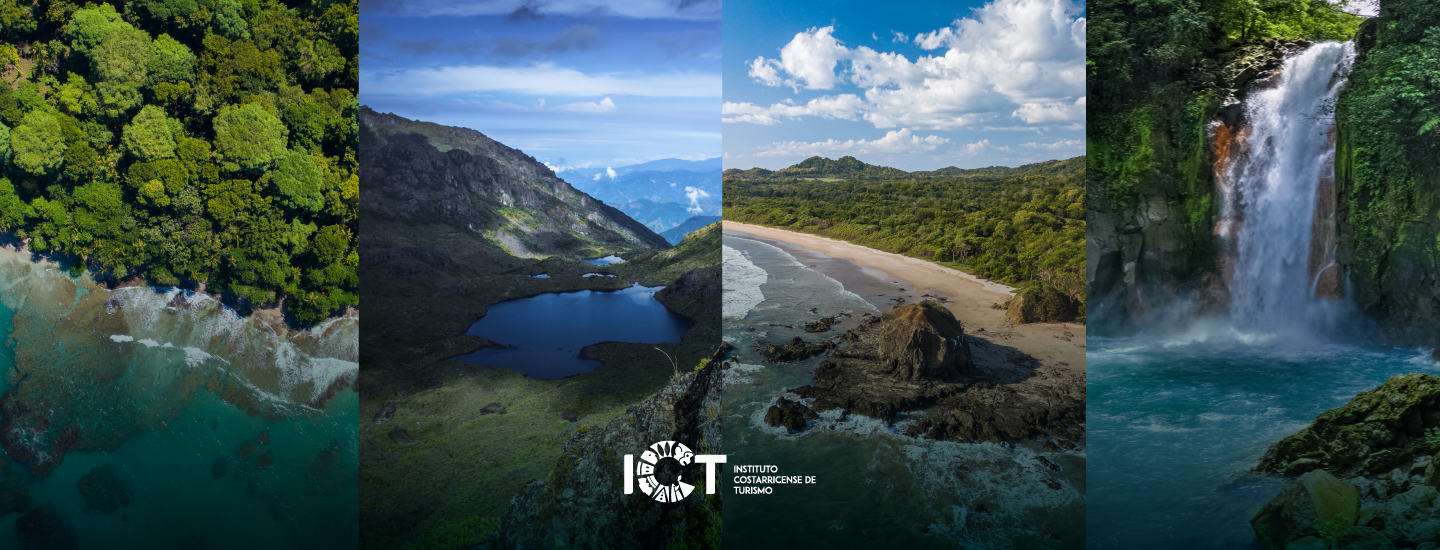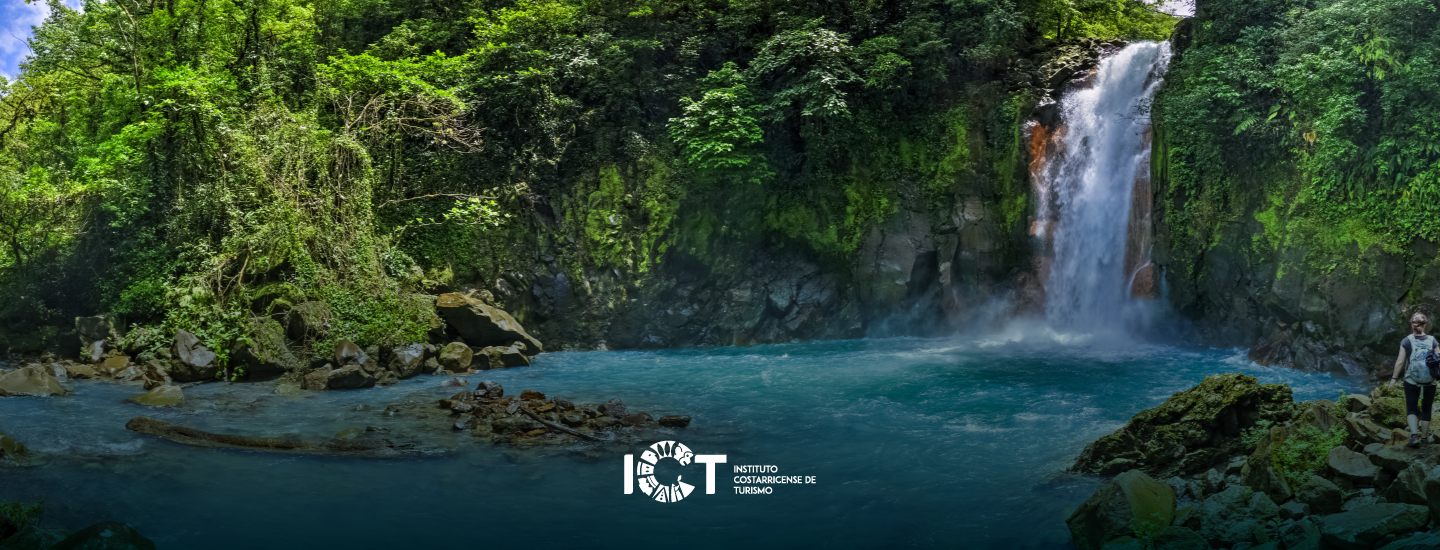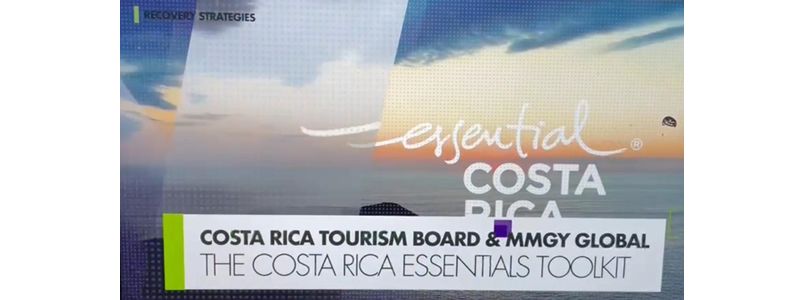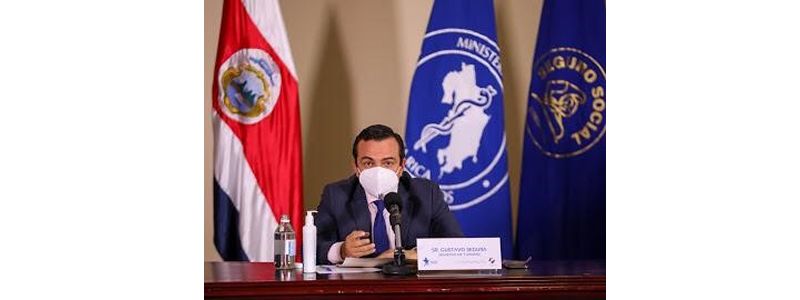Costa Rica’s beauty captivates viewers on YouTube
- The video, filmed in various Costa Rican destinations, is entitled “Best Place to Travel in 2021 (Costa Rica)”.
- Influencer and filmmaker Rob Strok has over 544,000 followers on Instagram and 105,000 subscribers on his YouTube channel. He visited the country a few weeks ago as part of the ICT’s marketing strategy.
Thursday, April 8, 2021- The beaches of the Paciifc, the unique experience of ziplining in Monteverde, lush green mountains, majestic waterfalls, San José’s Central Market and the Bajos del Toro waterfall were just some of the tourist activities profiled in an eight-minute video posted to YouTube by American influencer Rob Strok.
The video, entitled “Best Place to Travel in 2021 (Costa Rica)” has been viewed over 12,000 times since being published on April 1 to the filmmaker’s over 105,000 subscribers, who are invited to enjoy the country’s unique experiences.
“Costa Rica proved to be one of the most beautiful countries I have ever visited. From never-ending jungles to the kind locals, Costa Rica left a lasting impression on all of us,” said Strok in the narration the accompanies the striking images of his video.
The American filmmaker visited the country with his production team for five days in January, marking his first trip outside the United States since the pandemic restrictions came into effect in 2020. ´
On an Instagram story, Strok noted that he was impressed by the strict health protocols throughout his entire visit from the moment he arrived at Juan Santamaría International Airport.
Connection to audiences interested in Costa Rica
“This video confirms Costa Rica’s position as an ideal destination for us to connect with the essential things in life and a safe destination in spite of the COVID-19 pandemic,” said Carolina Trejos, ICT Marketing Director.
Trejos also highlighted that ICT’s international publicity strategy includes a program encouraging visits by niche influencers specialized in tourism and travel and who fit in with the values of the country brand, Essential Costa Rica and the current campaign, Only the Essentials. “This influencer program selects and analyzes profiles that offer high impact in the US and Canadian markets,” Trejos continued. “The influencers are then officially contacted and invited, depending on their availability to experience the destination and share it from their point of view, working jointly with the MMGY advertising agency and the ICT’s Marketing Department. This allows us to effectively reach target audiences who may become potential tourists.”
Currently, this program is partnering with American adventure specialist and climbing expert April Davidson, who is currently touring locations in Costa Rica and has shared her first publications on her Instagram account @yeahapril.
The full video by Rob Strok of his Costa Rican travels can be found at the following link: https://youtu.be/GTw8WlpJT8g
You can also follow his adventures in Costa Rica on his Instagram account and the stories on his feed at: https://www.instagram.com/robstrok/







